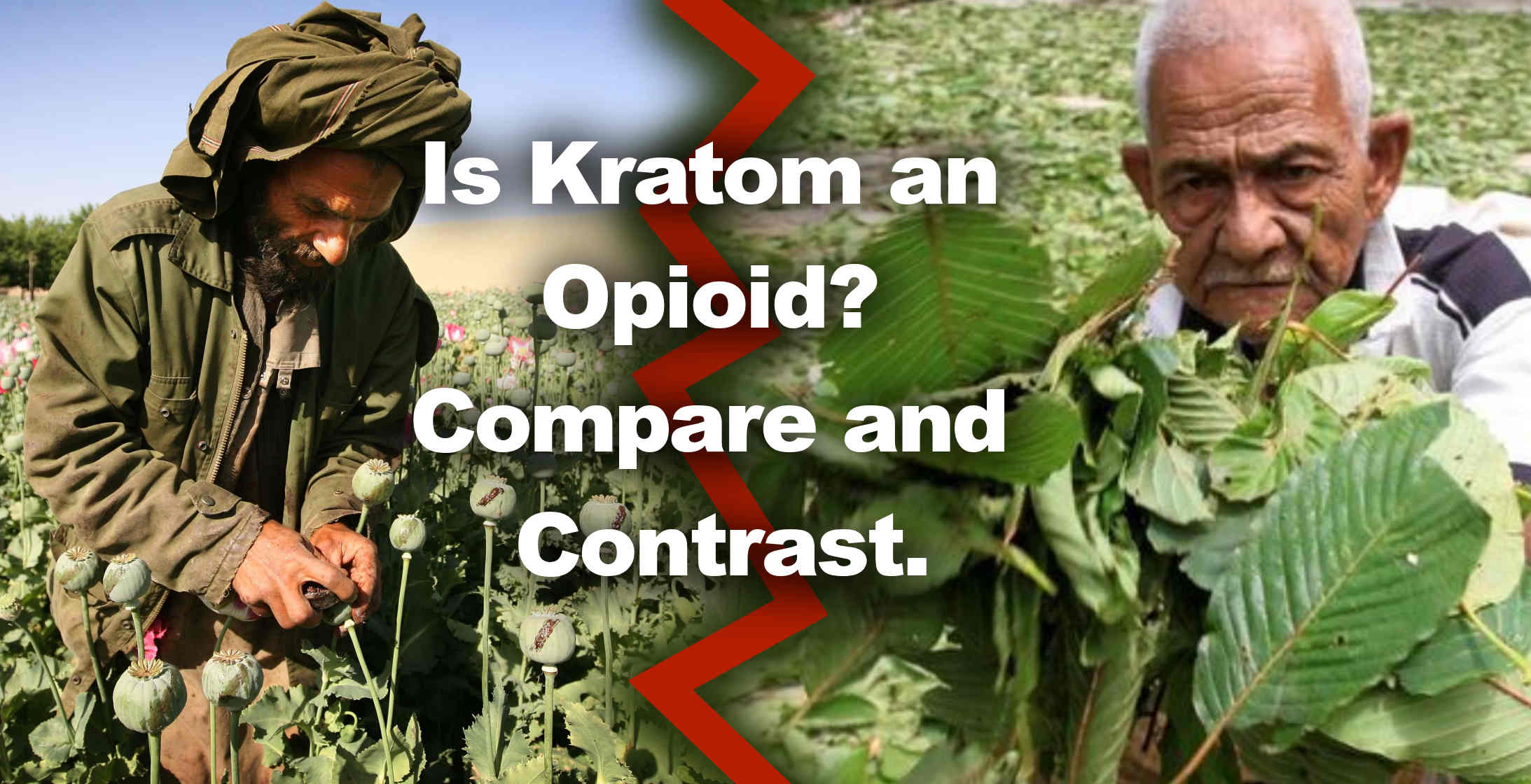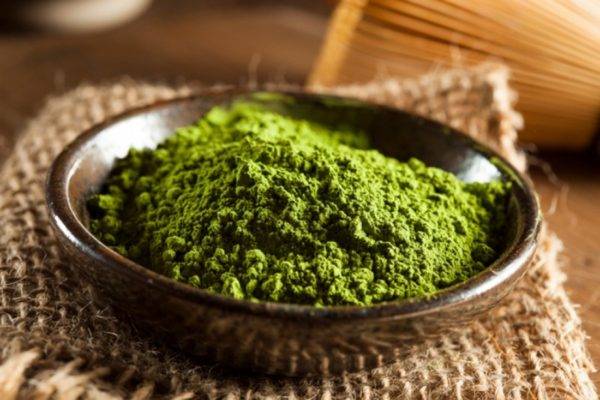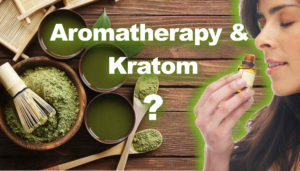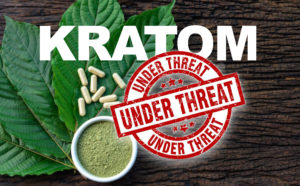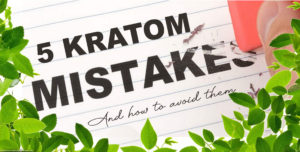People often wonder if kratom is an opioid, narcotic, or hard drug.
The first thing to understand is that kratom is simply a member of the coffee family. It’s a natural herb that has been used in Southeast Asia for generations. It has been enjoyed by workers to help them endure their labor, and for a variety of other reasons.
So kratom may be unfamiliar to Americans and Western Europeans, but kratom is no mystery where it grows wild in jungles and is cultivated on kratom farms.

There are so many new designer drugs and street dopes out there, it is easy to assume that kratom is just another fad, a trend, a chemical lab-concocted weirdness, but it’s not. It’s from nature’s plant kingdom and has been used safely and effectively for ages.
Kratom does attach to the body’s opioid receptors, but that doesn’t make it an opium-like narcotic. The effects are said to be rather similar, if not more pronounced, than opium and opiate derivatives. But that’s where the similarity ends.
According to the American Kratom Association:
QUOTE
Kratom is not a drug.
Kratom is not an opiate.
Kratom is not a synthetic substance.
Naturally, occurring Kratom is a safe herbal supplement that behaves as a partial mu-opioid receptor agonist and is used for pain management, energy, even depression and anxiety, [issues] that are common among Americans.
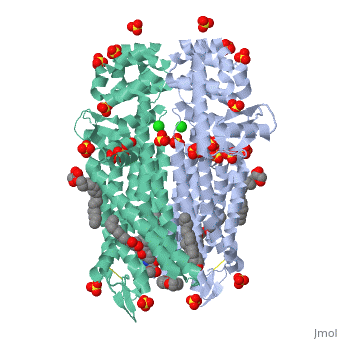
Kratom contains no opiates, but it does bind to the same receptor sites in the brain. Chocolate, coffee, exercise, and even human breast milk hit these receptor sites in a similar fashion.
According to a comprehensive analysis by Dr. Jack Henningfield, Ph.D., kratom’s potential for abuse and dependence is no greater than such widely used and unscheduled substances as nutmeg, hops, St. John’s Wort, chamomile, guarana, and kola nut.
END QUOTE
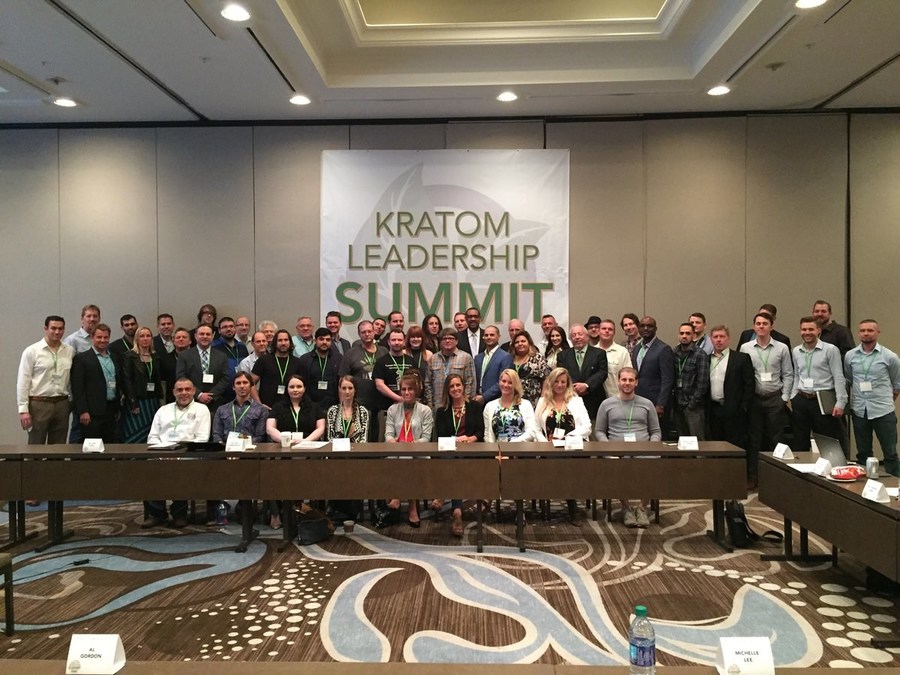
KRATOM VS. OPIOIDS
- Kratom is said to possibly have pain-killing effects for some customers.
- Opioids have pain-killing effects.
- Kratom is not addictive.
- Opioids are addictive.
- Kratom use stoppage does not cause horrible withdrawal symptoms.
- Opioid use stoppage causes horrible withdrawal symptoms.
- Kratom users lead normal, productive, successful independent or family lives.
- Opioid users tend to not have anything near of a normal life.
- Kratom users settle on a dose amount and frequency, which rarely changes or escalates.
- Opioid users keep increasing their dose amount and frequency.
- Kratom users have no guilt or shame about the substance they use.
- Opioid users tend to have guilt and shame about the substance they use.
- Kratom is taken as a tea, powder in capsules, or extracts.
- Opioids are swallowed as pills, injected with needles, snorted by nose, or smoked.
- Kratom has no documented negative effects on health.
- Opioids have many negative effects on health.
- Kratom can be highly motivating and empowering.
- Opioids tend to be de-motivating and weakening.
Science Direct provides this report from the International Journal of Drug Policy Volume 70, August 2019, Pages 70-77, entitled “Kratom policy: The challenge of balancing therapeutic potential with public safety”.
https://www.sciencedirect.com/science/article/pii/S0955395919301252

QUOTE
Kratom proponents tout kratom as a safer and less addictive alternative to opioids for the management of pain and opioid addiction.
The anti-kratom faction argues that kratom, itself, is a dangerous and addictive drug that ought to be banned.
Given the widespread use of kratom and the extensive media attention it is receiving, it is important for physicians, scientists, and policymakers to be knowledgeable about the subject.
The purpose of this commentary is to update readers about recent developments and controversies in this rapidly evolving area. All of the authors are engaged in various aspects of kratom research and it is our intention to provide a fair and balanced overview that can form the basis for informed decisions on kratom policy.

Our conclusions from these analyses are:
(a) User reports and results of preclinical studies in animals strongly suggest that kratom and its main constituent alkaloid, mitragynine may have useful activity in alleviating pain and managing symptoms of opioid withdrawal, even though well-controlled clinical trials have yet to be done.
(b) Even though kratom lacks many of the toxicities of classic opioids, there are legitimate concerns about the safety and lack of quality control of purported “kratom” products that are being sold in the US. The issues regarding the safety and efficacy of kratom and its mitragynine constituent can only be resolved by additional research. Classification of the Mitragyna alkaloids as Schedule I controlled substances would substantially impede this important research on kratom.
END QUOTE
Feel free to use kratom, so long as you use the lowest dose and frequency possible, keep rotating the strains you use, skip days or weeks, and never try to abuse kratom as a “get high” recreational party drug.
Keep a mature and careful attitude and kratom will serve you well!

